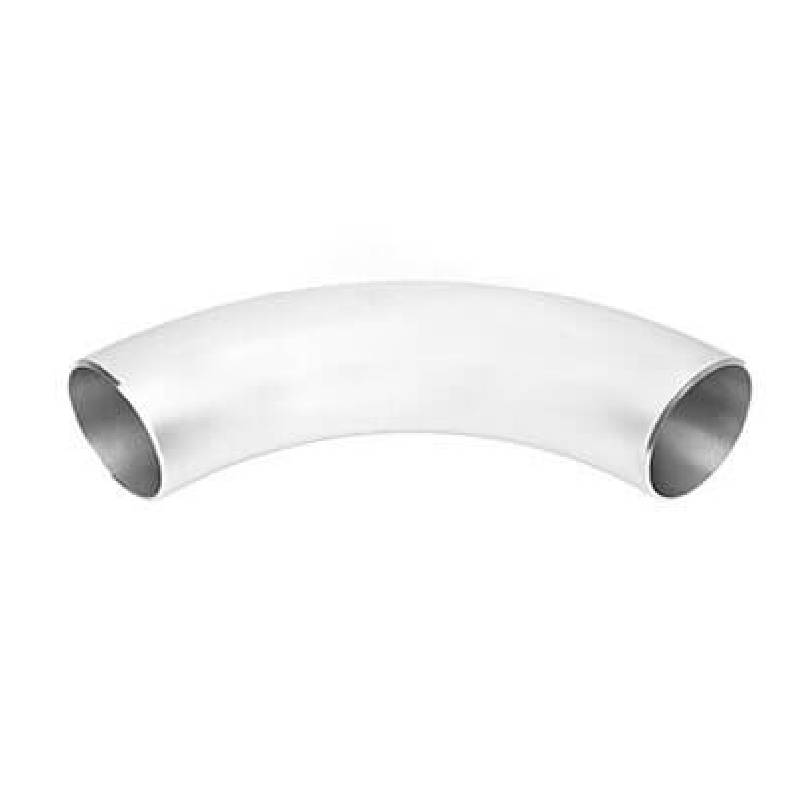-
Cangzhou Yulong Steel Co., Ltd.
-
Phone:
+86 13303177267 -
Email:
admin@ylsteelfittings.com
- English
- Arabic
- Italian
- Spanish
- Portuguese
- German
- kazakh
- Persian
- Greek
- French
- Russian
- Polish
- Thai
- Indonesian
- Vietnamese
- Zulu
- Korean
- Uzbek
- Hindi
- Serbian
- Malay
- Ukrainian
- Gujarati
- Haitian Creole
- hausa
- hawaiian
- Hebrew
- Miao
- Hungarian
- Icelandic
- igbo
- irish
- Japanese
- Javanese
- Kannada
- Khmer
- Rwandese
- Afrikaans
- Albanian
- Amharic
- Armenian
- Azerbaijani
- Basque
- Belarusian
- Bengali
- Bosnian
- Bulgarian
- Catalan
- Cebuano
- China
- China (Taiwan)
- Corsican
- Croatian
- Czech
- Danish
- Esperanto
- Estonian
- Finnish
- Frisian
- Galician
- Georgian
- Kurdish
- Kyrgyz
- Lao
- Latin
- Latvian
- Lithuanian
- Luxembourgish
- Macedonian
- Malgashi
- Malayalam
- Maltese
- Maori
- Marathi
- Mongolian
- Myanmar
- Nepali
- Norwegian
- Norwegian
- Occitan
- Pashto
- Dutch
- Punjabi
- Romanian
- Samoan
- Scottish Gaelic
- Sesotho
- Shona
- Sindhi
- Sinhala
- Slovak
- Slovenian
- Somali
- Sundanese
- Swahili
- Swedish
- Tagalog
- Tajik
- Tamil
- Tatar
- Telugu
- Turkish
- Turkmen
- Urdu
- Uighur
- Welsh
- Bantu
- Yiddish
- Yoruba

Dec . 21, 2024 04:32 Back to list
Methods for Joining Galvanized Pipes Effectively and Efficiently in Various Applications
Connecting Galvanized Pipe A Comprehensive Guide
Galvanized pipe has been a staple in plumbing and construction for many decades. Its durability and rust-resistant properties make it a popular choice for a variety of applications, from residential plumbing systems to industrial structures. Understanding how to properly connect galvanized pipes is crucial for ensuring a leak-free and long-lasting installation. This article will offer a detailed overview of the methods and materials needed to successfully connect galvanized pipe.
Understanding Galvanized Pipe
Galvanized pipes are steel pipes that have been coated with a layer of zinc to prevent rust and corrosion. This makes them suitable for both outdoor and indoor applications. Commonly used for water supply lines, galvanized pipes are often found in homes built before the 1980s. However, it’s important to note that these pipes can corrode over time, especially if they are exposed to acidic or alkaline substances. This deterioration can lead to leaks and a decline in water quality, making proper connections crucial for maintaining the integrity of the plumbing system.
Tools and Materials Needed
To connect galvanized pipes, you will need several tools and materials
1. Pipe Wrenches Essential for securing and turning pipes. 2. Pipe Cutters Useful for cutting pipes to the desired length. 3. Thread Seal Tape Helps create a watertight seal on threaded joints. 4. Joint Compound An alternative to seal tape that can also be used for securing joints. 5. Adapters or Couplings May be needed to connect pipes of different sizes or types. 6. Gloves and Safety Glasses Essential for personal safety while working with metal piping.
Connecting Galvanized Pipes
There are several methods to connect galvanized pipes, depending on the situation and the available tools. Below are some of the most common techniques
connecting galvanized pipe

1. Threaded Connections This is the most traditional and widely used method for connecting galvanized pipes. First, the ends of the pipes must be threaded using a pipe threading machine. Once threaded, apply thread seal tape around the male threads to ensure a watertight seal. Then, screw the pipes together using a pipe wrench, tightening them securely without overtightening, which can cause damage.
2. Using Couplings Couplings are short lengths of pipe with threads on both ends, designed to connect two pieces of galvanized pipe. To use a coupling, prepare the ends of the pipes by cleaning and ensuring they are free of rust and debris. Apply thread seal tape to the threads, then connect the pipes using the coupling. This method is particularly useful for connecting pipes at angles or in areas where a direct connection is impractical.
3. Using Compression Fittings For those not wanting to deal with threading pipes, compression fittings offer an alternative solution. These fittings include a nut, a ring (ferrule), and a fitting body. To connect pipes using compression fittings, insert one end of the pipe into the fitting body, slide the ferrule over the pipe, and then tighten the nut. This creates a tight seal without the need for threading.
4. Soldering Although less common with galvanized pipe due to the potential for damage from heat, soldering can be used in some cases when connecting to copper or brass materials. It requires a careful approach to avoid damaging the galvanized coating, and it’s essential to use the right type of solder and flux.
Best Practices
- Inspect Before Installing Always check the pipes for any signs of corrosion, rust, or damage before connecting them. - Clean Surfaces Ensure that the surfaces of the pipes are clean and smooth before applying seal tape or using fittings. - Follow Local Codes Always adhere to local plumbing codes and regulations to ensure safety and compliance. - Protect from Corrosion If connecting galvanized pipes to different metals, use dielectric unions to prevent galvanic corrosion.
Conclusion
Connecting galvanized pipe may seem daunting, but with the right tools and techniques, anyone can achieve a secure and leak-free installation. Whether through threaded connections, couplings, or compression fittings, these methods provide reliable solutions for various plumbing needs. By following best practices and adhering to local guidelines, you can ensure that your galvanized piping system remains efficient and functional for years to come.
Latest news
-
ANSI 150P SS304 SO FLANGE
NewsFeb.14,2025
-
ASTM A333GR6 STEEL PIPE
NewsJan.20,2025
-
ANSI B16.5 WELDING NECK FLANGE
NewsJan.15,2026
-
ANSI B16.5 SLIP-ON FLANGE
NewsApr.19,2024
-
SABS 1123 FLANGE
NewsJan.15,2025
-
DIN86044 PLATE FLANGE
NewsApr.19,2024
-
DIN2527 BLIND FLANGE
NewsApr.12,2024
-
JIS B2311 Butt-Welding Fittings LR/SR 45°/90° /180°Seamless/Weld
NewsApr.23,2024











